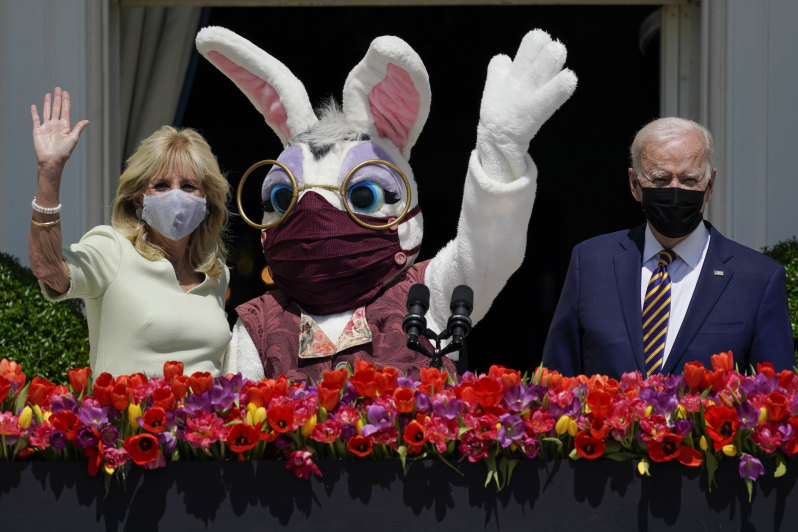
US Soldier Intimidating Reporter at Gunpoint Is a Threat to Press Freedom
It should go without saying that U.S. personnel should not point guns at civilians outside facilities, even during training. Had the soldier been aware the photojournalist was a reporter, then his actions amount to a deliberate threat to press freedom. The incident further undermines the credibility of Japan-U.S. security arrangements. It is imperative that the Japanese government pressure the U.S. for clarification about what happened and assurances that it will not happen again.
According to the Ryukyu Shimpo, on the evening of March 31, as their reporter was conducting an interview outside a warehouse where exercises were taking place, a soldier emerged from the warehouse and aimed his gun at the reporter. He stood still with the gun pointed at the reporter for several seconds while making eye contact.
U.S. Forces in Japan stated that, as the area where the interview was taking place was approximately 275 yards from the location of the exercises, the U.S. soldier was abiding by the standard procedure of turning his body from side to side while holding his gun and the weapon was not pointed specifically at the reporter. They added that the soldier was not looking through the sight and there was no ammunition in the weapon.
Even if ammunition is not used in training, pointing a gun at a civilian is a hostile act that aims to terrorize.
If the soldier knew the civilian was a reporter, then his actions mark a serious challenge to the Constitution of Japan, which guarantees our freedom of expression. This incident would lead anyone to question whether U.S. Forces in Japan still see themselves as an occupation army.
What is truly incomprehensible is the Japanese government's response. Chief Cabinet Secretary Matsuno Hirokazu, who also serves as the minister tasked with reducing the impact of U.S. military bases on Okinawa Prefecture, simply confirmed the U.S. explanation of events without acknowledging the seriousness of the matter or expressing any desire to further clarify the truth of the situation.
Training involving vertical take-off and landing Osprey aircraft and helicopter suspensions which violates Japan-U.S. agreements and the U.S.-Japan Status of Forces Agreement continues in Okinawa. There have also been drills that have targeted citizens' campaigns as security concerns. If these abuses by the U.S. continue, support for the Japan-U.S. Security Treaty will inevitably decline and lead to its erosion.
Suppression of media critical of the government continues in Russia after the invasion of Ukraine. If the U.S. and Japanese governments remain silent about U.S. soldiers pointing guns at the press here, they have no right to criticize Russia.

